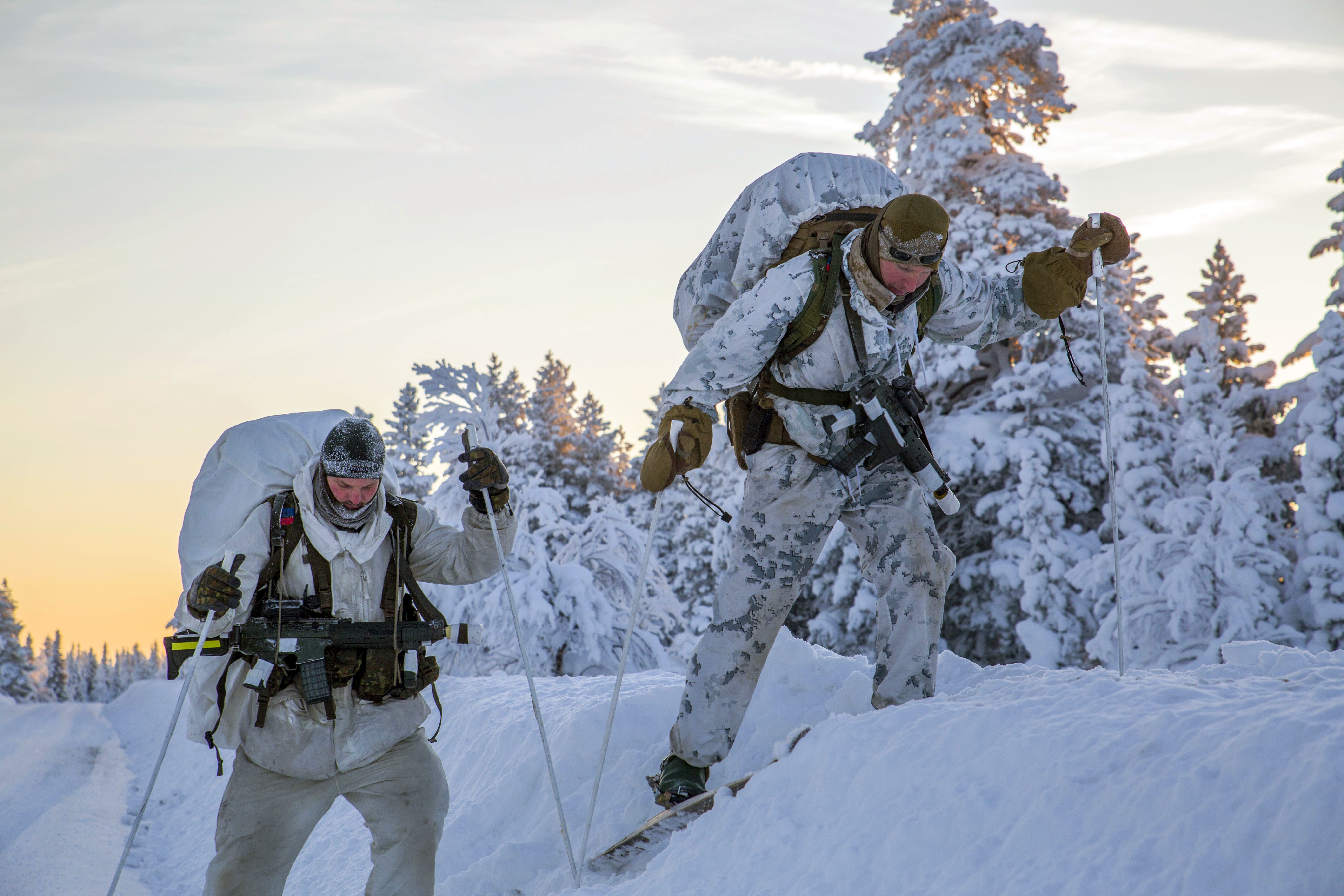Surviving Winter Combat
The Challenges of Fighting in Snow and Ice
Fighting in snow and ice presents immense difficulties for soldiers. To be honest, the conditions really suck according to one soldier’s account. Even the smallest actions like taking off gloves to fire a shot can have lasting consequences like numb fingers for the whole day. The freezing temperatures wear down soldiers both physically and mentally. Our enemy faced the same brutal conditions, so there was rarely intense fighting in winter. Both sides aimed to find good shelter and stay warm. With two meters of snow outside, missions were limited too.
A Close Encounter in the Bitter Cold
One particular experience demonstrated the challenges of winter combat. This soldier attacked a Serbian army jeep that came too close to their position on a hill. It was freezing cold with a strong wind in their face. To aim their rifle precisely, they had to remove their gloves. Though their bare hand was exposed for less than a minute, it took the whole day to regain feeling in their fingertips. The unforgiving climate took a heavy toll even for short periods without adequate protection. Survival became the top priority over engaging in combat.
Finding Refuge from the Relentless Winter
During one harsh winter near the town of Kupres, Bosnia and Herzegovina, this soldier carried firewood on their back in search of warmth. They knew their enemy faced the very same punishing conditions. With heavy snowfalls of two meters common, missions were scarce. Both sides sought shelter from the brutal climate. In their downtime between infrequent operations, soldiers hoped the other was also focusing on survival instead of fighting. Keeping dry and fed with hot food took precedence over confrontation.
Layering for Maximum Insulation and Mobility
Even behind protected lines, winter combat was challenging. Proper layering played a key role in soldiers’ ability to operate effectively. One veteran offered crucial advice on dressing for the cold. They emphasized breathing fabrics and materials like wool that trapped warmth while regulating moisture. Multiple thin layers provided better insulation than one thick layer, allowing airflow. It was crucial to avoid sweating which would soak clothes, leaving one vulnerable after activity ceased. Feet and hands required focused protection with felt-lined boots and mittens. Extra insulation like fur hats covered vulnerable extremities. Layering maintained function in subzero conditions.
Exploiting Winter Terrain for Stealth and Mobility
Camouflaging with the environment gave tactical advantages. This soldier recommended autumn-pattern jackets paired with winter snow pants. The upper body blended among evergreens while lower limbs matched the white terrain. Nothing beats mobility on skis for traversing deep snow efficiently according to Finnish troops. Their military trainings ensured skiing vast distances came easily. When possible, platoons hitched rides on tracks for fun and efficiency. Tactical know-howtransformed the immobilizing climate into an asset with concealment and fast mobility. Nature’s hardships became strengths with adaptation.
Prioritizing Comfort and Morale in Downtime
Even behind lines, keeping morale high mattered. This soldier shared winter living lessons from Finland maintaining comfort and function. Specialty felt blankets and insulating mats raised camps off snow’s chill. Headwear doubled as faceshields for visibility and camouflage. Thermoses of hot coffee or tea replenished without risks of drunkenness impairing reaction. Their winter-grade shelters zipped compartments, regulating inside warmth efficiently. Naps revived soldiers better than any hi-tech gadget. Simple measures made harsh realities bearable, fortifying troops’ resolve through the harshest seasons. Mastering nature’s wrath through ingenuity fortified both body and spirit.
Acclimating to Prevail where Others Surrender
This equipment supplier emphasized acclimating gradually to winter. The falling temperatures crept in over months, allowing bodies time to adjust. Dressing appropriately while moving produced inner heat preventing sweat’s nasty chill. Going too warm risks the same damp misery as behaving too lightly. Proper fitting fabrics and breathable layers tailored comfort close to the skin. Activity raised temperatures sustainably while protection blocked the outside’s assault. Their principles echoed ages of Finnish adaptation harnessing nature’s power instead of fearing it. Harmony with the climate fortified whereOthers found only fragility.
Overcoming through Tactical Mastery of Winter Conditions
Maximizing Insulation from the Elements
The arctic masters stressed mastery began with insulating bones from winter’s wrath. Felt-lined boots guaranteed untainted toes according critical warmth conduits. Sock layers dispersed pressure avoiding pain inhibiting function. Mittens paired dexterous independence when missions demanded. Facemasks created shadows under piercing daylight reflecting off snowfields. Headwear stayed pleated for necks’ coverage making chilled spines a non-issue. Structured insulation focused survival where hypothermia tempted others to stationary hibernation.
Wicking Moisture for Enduring Exertion
Nothing drains stamina like soaked attire leaching heat even indoors. Wool and breathable fabrics regulated moisture from within and without. Cotton was courting crisis endangering hypothermia’s grip. Multiple woven wraps circulated ventilation preventing the sweat then chill cycle draining strength. Zippers released exertion’s loads shedding dampness before re-covering controlled. Pliability breathed easy while weatherproofing blocked inclemency’s insults maintaining muscle readiness.
Camouflage Capitalizing on Terrains
Uniforms profiting from nature’s palettes increased odds against detection. Autumnal hues shrouded torsos amidst fallen leaves disguising shapes. Snow pants melted insignificance into expanses of white powder confusing optics. Headwear’s countershading blended faces into surroundings perplexing recognition. Adaptability disrupted assumptions capitalizing on every environment’s strengths. Strategic protection paralleled tactical advantages increasing survivability’s likelihoods on every front.
Maximizing Mobility on Skis and Snowshoes
Nothing outpaced Nordic troops traversing terrain. Woodsman skills bonded boots extendinggaits like equipped appendages. Skis glided where quadrupeds alone found footing evading obstacles with ease. Generations cultivated snowshoeing’s mastery transporting loads uncompromised. Self-sufficient transport bridged positions where vehicles struggled. Flotation tread tractioned without sinking delivering reinforcements swifter than storms. Mobility multiplied capabilities defying immobility’s norms.
Sustaining Morale with creature Comforts
Well-being nurtured fighting spirits through harsighted provisions. Field stoves boiled liquids restoring warmth from within. Shelters sectioned ventilation maintaining regulated temperatures. Insulated mats and coverings elevated rest protecting from the land. Provisions replenished without intoxication compromising readiness preserved competencies. Simple preparations refueled motivation constantly challenged by the elements. Prioritizing sustenance strengthened where deprivation weakened commitment to mission success.

